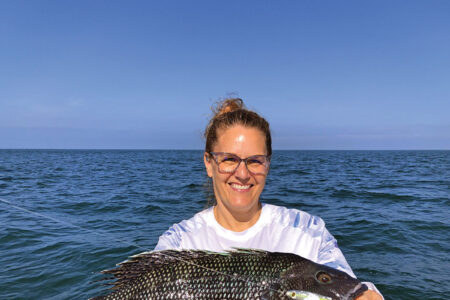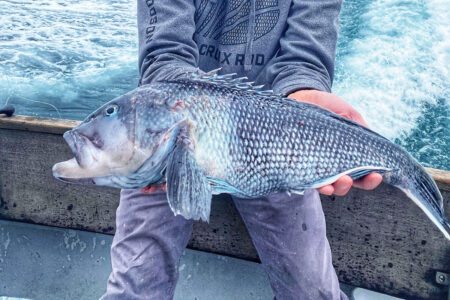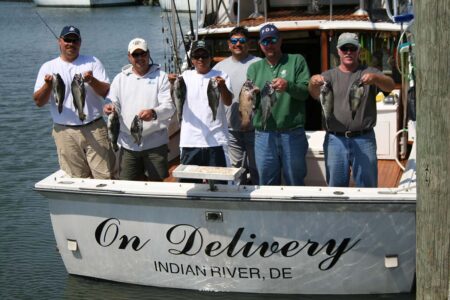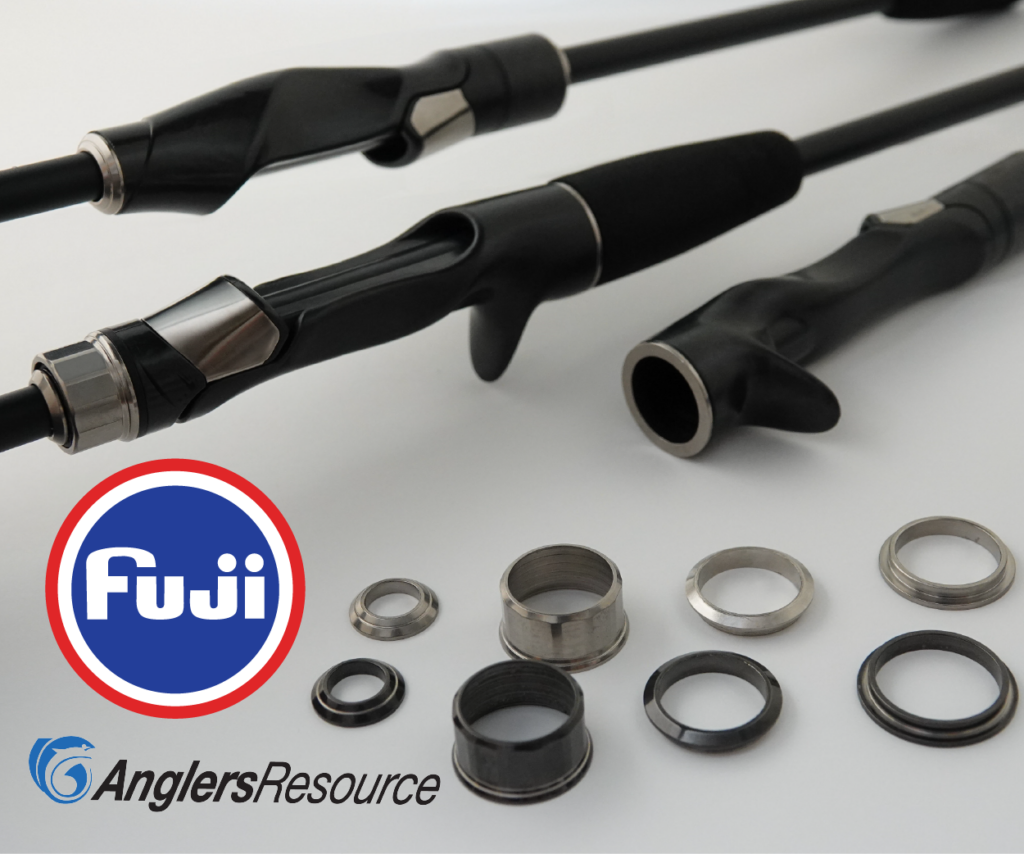Editor’s Note: The author is a member of New York’s Marine Resources Advisory Council.
The black sea bass fishery is jointly managed by the Atlantic States Marine Fisheries Commission, ASMFC, and the National Marine Fisheries Service, NMFS. ASMFC issued a Public Information Document for Addendum XXX to the Fishery Management Plan for black sea bass in December 2017, on which they are looking for public comments. The ASMFC has held several hearings over the past few weeks and there are still a few to be held.
There are seven different options that ASMFC is looking for public comment on, with one of the options determining whether to use a Coastwide measure, which would be one set of regulations for every state from North Carolina to Maine, or a Regional approach, which would set up at least two specific regions, each with their own set of regulations. The regions would be formed by a group of states that share the same geographic area such as Massachusetts, Rhode Island, Connecticut and New York as one possible region. There have been no Coastwide measures adopted as of this writing so that option has not truly been discussed yet. It should be noted that if the management board for black sea bass decides to go with a Coastwide measure all the following options become null and void.
The remaining six options for regional management are:
- Determining a basis for Regional Allocation of the Recreational Harvest Limit
- Determining Regional Alignment
- Time frame used to determine allocation
- Consistency of management measures within a region
- Process for specification and evaluation of management measures
- Time frame for the addendum provisions
I’d like to say that “Determining a Basis for Regional Allocation of the Recreational Harvest Limit” is relatively simple. The fact is, it is a fairly complicated issue at the crux of the whole addendum. I will try and explain it as simply as I can. There are two different options that can be used here. First is whether we will use historical harvest alone to determine our quota or a combination of historical harvest and “exploitable biomass” to determine our quota. Historical landings are simple to explain. It’s what we have historically harvested by states each year over a past number of years. The number of years has yet to be determined. Exploitable biomass is the number of fish that can be harvested based on a set of calculations that go back to the latest stock assessment. The real issue associated with choosing this option is that they will separate out a large portion of the recreational quota and assign it to the state of New Jersey as a stand-alone region.
Determining regional alignment depends greatly upon the previous option choice. If we choose to use the combination of historical harvest and exploitable biomass, then we automatically go with three regions. The regions under this option would be a Northern Region made up of Massachusetts, Rhode Island, Connecticut and New York. A Southern Region made up of Delaware, Maryland, Virginia and North Carolina and a Middle Region made up of only New Jersey. The other regional alignments are two regions, three regions and four regions. Under the two region approach we would have one region made up of the five states between New Jersey and Massachusetts and another of North Carolina through Delaware. This is the option that has the most support in New York. The four-region option would set up one region made up of Massachusetts and Rhode Island, another made up of Connecticut and New York, one of New Jersey alone and the fourth region being made up of the four southern states of North Carolina through Delaware.
The option to determine the time frame for allocation has two choices. The first is using a 10-year time period made up of the years 2006 through 2015. The second option is using a 5-year option from 2011 through 2015. Several key staff members at the New York Department of Conservation’s Marine Resource division suggested that the 5-year time period would be the best to work with due to several factors including better harvest and catch data sets from MRIP, along with the significant change in the fishery showing the bulk of black sea bass moving further northward due to warming water temperatures.
The option concerning consistency of regional measures offers two alternatives. The first is all the states within a given region will use the same regulations, no ifs, ands or buts. The other option gives each state within a region some flexibility. That flexibility is limited to a change in season not greater than 30 days, a change in bag limit of no more than three fish and a change in size limit of no more than 1 inch in total length.
The option regarding time frame refers to how long we should live with this addendum. Option A is for a two-year limit, which would bring us through 2019. Option B is a three-year limit and would bring us through 2020. Either option would still allow for changes to yearly bag, size and seasons based upon reported harvest levels each season. The next stock assessment is scheduled to be completed in 2019 and depending on the outcome of that assessment we may see changes to our regulations regardless of the number of years.



